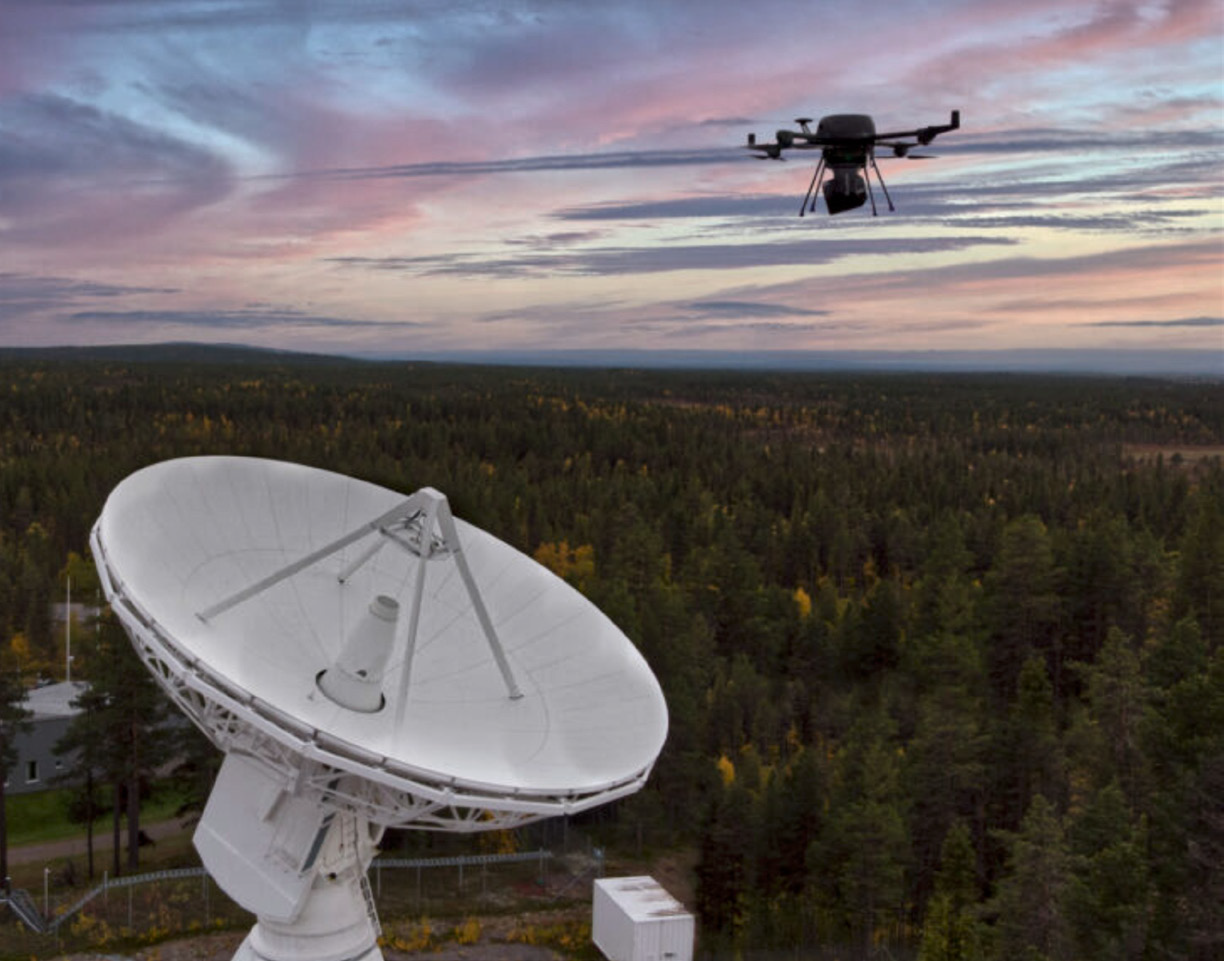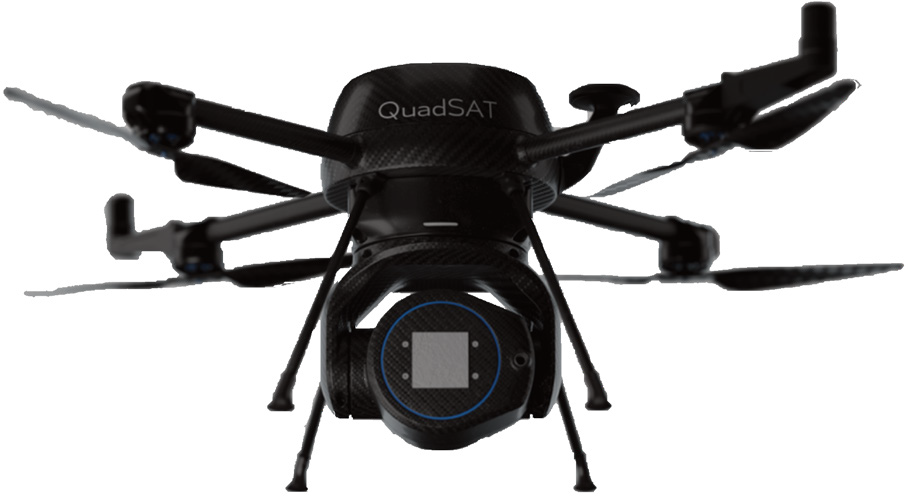The satellite industry has ushered in a new era where space and ground segments are becoming significantly more complex as the industry pivots to meet consumer demand for high-speed connectivity and high availability.
At the same time, space has become the new frontier for security and defence. The geopolitical situation is changing and countries around the globe are stepping up defensive and preventative actions in response to the evolving threats to military satellite systems. All of this is activity driving the need for improved testing programs.

The Threat In Space Has Become Real
The current geopolitical situation has brought a growing awareness of the threats in space.
While space has been a potential target for many years, we are starting to see real actions and tests that could have a catastrophic impact on the entire space environment.
From ASATs to jamming and cyber-attacks, the defence industry is constantly working to protect its military satellite systems from threats, and attacks from adversaries.
Of course, the industry hasn’t been sitting on its laurels and there are already a huge amount of counter measures developed, and being developed to keep the environment safe. It is not surprising that it is an area where we are seeing a lot of innovation, from better tracking to interference monitoring, and of course, improving testing.
Drone technology is another area where we are seeing a huge amount of innovation due to the enormous volume of drones being used in modern warfare. This is leading to higher production volumes, as well as better reliability and optimized costs.
While a lot of this innovation is being driven by necessity, it will be crucial to ensuring the defence industry can continue to use space in a secure and reliable way.
While testing ground equipment doesn’t stop the aggressive actions, it does ensure governments and defence entities can ensure their systems are performing optimally at all times.
While the industry is mostly on board with testing pre-operation, testing throughout the life-cycle and in real situations has historically been far more challenging.
It is arguably more important in a defense situation than any other operation when you consider the challenging situations under which these systems operate and the ongoing threats that might cause degradation.
At the same time, as drone technology continues to improve, we will likely see new applications emerging that are perhaps not possible with today’s systems, as well as improved functionality for existing applications.
At Quadsat, this year has seen a massive pick up in interest for what we can provide from the defence industry. This included working the Danish Navy to perform a technical demonstration of the Quadsat testing solution in a real operational environment.
The pilot project demonstrated the system’s ability to measure antenna radiation diagrams on board vessels.
The demonstration also showed the potential for the system to be used for testing and calibration of other Navy equipment, such as radars, EW and a range of other RF equipment.
Moving Toward Standardized Test Procedures
At the end of 2022, we reached a major milestone when the SOMAP (Satellite Operators Minimum Antenna Performance) group confirmed that they could accept ground station antenna measurement results obtained via our drone-based antenna verification system.
Consisting of some of the largest operators (AsiaSat, Eutelsat, Inmarsat, Intelsat, and SES), this agreement on approved testing procedures is critical for the industry, meaning tests can be setup as needed based on specific requirements that will meet the needs of multiple operators.
When SOMAP was first created, it was totally revolutionary and instantly changed the game for antenna manufacturers, teleport operators, and satellite operators alike, making the process of testing far less time-consuming.
We are seeing a lot of movement in the industry to reduce that further and that can only be achieved through closer industry-wide collaboration and new testing methodologies.

This is about to get more challenging as we are already seeing the first Flat Panel Antennas coming to market. Given how vital these antennas are for many of the LEO applications, this number is about to grow significantly, however as of now there is no common testing procedure in place.
These antennas cannot be tested in the same way as parabolic antennas and given many will be used for Comms-on-the-Move (COTM), it will be even more important for them to be tested insitu.
With all of this activity on the horizon, we are noting a great deal of interest in how we can help define new test methodologies for both existing, and next- generation services.
Quadsat Is Democratizing Testing
Perhaps the most important milestone for us as a company was the launch of a productized version of our solution. Previously only available as a service, customers can now acquire their own version of the Quadsat system, obtain the necessary training and then conduct their own tests as, and when, needed. This has enabled us to truly democratize regular testing, giving the industry a more- cost efficient way to access antenna test and measurement.
While we continue to offer the service for those customers that require it, we have signed our first customers and partners for the productized version and look forward to continuing to grow our partner ecosystem. This version of the Quadsat system has also enabled us to focus more time on the next product developments.
Earlier this year we announced the ability of our drone system to emulate orbital passes of a LEO or MEO satellite as seen from the antenna on the ground.

This means that the system can generate virtual passes from any direction and at any elevation angles to perform tracking tests, wherever the antenna is located.
We are continuing to work on new features and frequency ranges, so watch this space for updates coming soon.
Improving testing capabilities is critical if the industry is to mitigate disruptions, deliver seamless connectivity, and remain competitive in the face of competing technologies, such as 5G, 6G and IP.

Joakim Espeland
As we head toward 2024, we look forward to further expanding our operations and enhancing the Quadsat product range, so that we can take RF testing and diagnostics to the next level.
www.quadsat.com
Author Joakim Espeland is an entrepreneur, electrical and mechanical engineer. satellite field engineer and examiner. Joakim developed QuadSAT from idea to start up to current success story.

